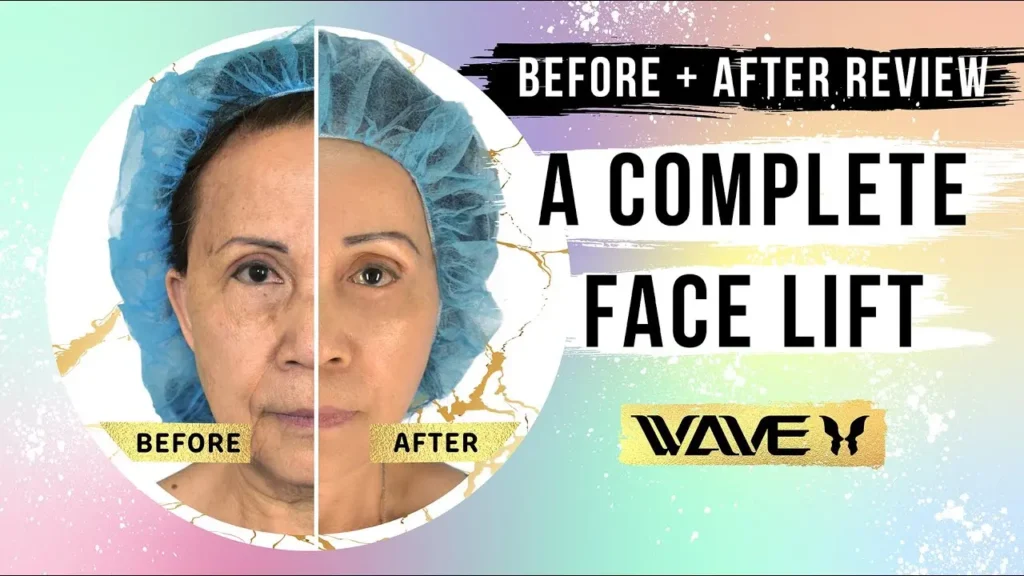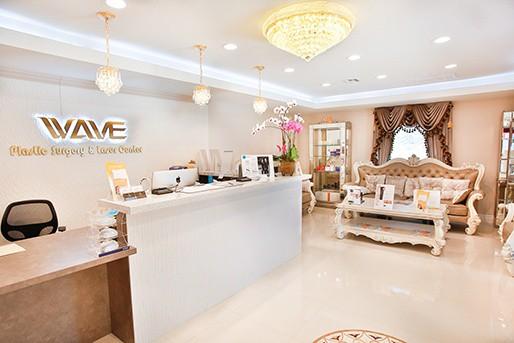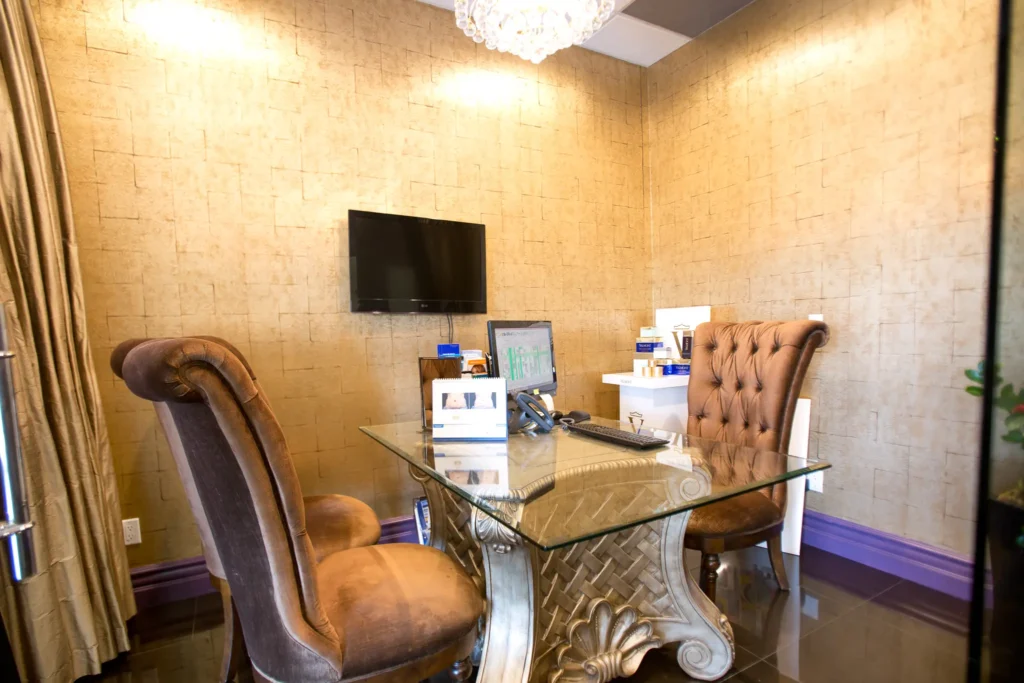Double eyelid tape has become a popular cosmetic tool, particularly among East Asian individuals, to create the appearance of a double eyelid crease. The tape provides a temporary, non-invasive option for those desiring the look of larger, more defined eyes without undergoing surgery. While double eyelid tape can be convenient, frequent use may have long-term effects that should not be overlooked.
How Double Eyelid Tape Works
Double eyelid tape is an adhesive strip applied to the upper eyelid to simulate a crease. By pushing the eyelid skin upwards, the tape mimics the appearance of a double eyelid fold, often considered desirable in certain beauty standards. While effective for creating a temporary crease, its daily use can pose challenges for the delicate skin around the eyes.
The Risks of Double Eyelid Tape: Expert Insights
According to experts, while double eyelid tape can effectively create a crease by stiffening the skin, prolonged use can lead to unwanted side effects. Over time, the tape or glue may cause the skin to become rougher and thicker, and frequent stretching can result in sagging eyelids. Occasional use for special events may be harmless, but for those seeking a more permanent solution, surgery is generally recommended to avoid long-term damage to the eyelid skin.
Potential Risks and Drawbacks of Double Eyelid Tape
While double eyelid tape offers a temporary and non-invasive way to create a double eyelid crease, its frequent use can lead to long-term negative consequences for the delicate skin around the eyes. Below are some common risks:
- Skin Irritation and Allergic Reactions: The adhesives used in double eyelid tape often contain chemicals that can irritate sensitive skin, particularly in the eye area. Frequent exposure can cause reactions such as redness, itching, swelling, and even contact dermatitis in individuals with allergies to adhesive components. The skin on the eyelids is thinner and more fragile, making it more prone to such reactions.
- Skin Stretching and Sagging: The continuous tugging and pulling from applying and removing tape can stretch the delicate eyelid skin. Over time, this repeated strain can weaken the skin’s natural elasticity, leading to premature sagging or drooping. Skin stretching may also make it harder to achieve a natural crease with the tape, especially if the skin becomes loose and less firm over time.
- Eyelid Thickening and Roughness: Repeated use of tape can lead to eyelid thickening, a condition where the skin becomes rougher and thicker due to chronic irritation. The friction caused by the adhesive can lead to micro-inflammation in the skin, triggering an overproduction of collagen. While collagen is necessary for skin repair, excess collagen buildup can make the skin on the eyelids stiffer and thicker. This thickened skin may appear less natural when trying to create a crease and can complicate future cosmetic procedures.
- Loss of Skin Elasticity: Over time, the repetitive use of tape can contribute to a loss of skin elasticity, which makes it more challenging to restore the natural appearance of the eyelid. As the skin loses its ability to bounce back, it may result in more permanent changes to the eyelid’s shape and appearance, even when the tape is not in use.
- Increased Need for Surgical Intervention: Long-term tape users may find that the temporary effects of the tape are not enough to achieve their desired look. As the skin changes over time, many individuals who use tape eventually seek out more permanent solutions such as blepharoplasty (double eyelid surgery). Blepharoplasty can provide a lasting solution by creating a natural crease in the eyelid, without the need for daily application of tape or glue.
Eye Health Concerns Linked to Double Eyelid Tape
Frequent use of double eyelid tape can pose various risks to eye health, particularly if worn over long periods.
- Incomplete Blinking and Dry Eyes: Double eyelid tape often prevents the eyelid from closing fully, leading to incomplete blinks. This can result in poor tear distribution, causing the eyes to dry out. Over time, dry eyes may lead to discomfort and other complications, such as meibomian gland dysfunction (MGD), where oil-producing glands in the eyelids become blocked, further worsening dryness.
- Meibomian Gland Dysfunction and Irritation: Incomplete blinking due to tape wear may cause issues with the meibomian glands, which are responsible for producing the oil layer of tears. This dysfunction can lead to irritation, redness, and an increased risk of conditions such as blepharitis or eyelid inflammation. Individuals may experience symptoms like itchy, swollen, or irritated eyelids, affecting overall eye health.
- Corneal Staining and Abrasions: The use of adhesives near the delicate eye area increases the likelihood of corneal staining, which occurs when the protective layer of the cornea is compromised, leading to discomfort and sensitivity. In some cases, improper application or removal of the tape can cause mechanical abrasions to the corneal surface, which can lead to infections if not addressed.
- Changes in Tear Film and Blink Rate: The use of double eyelid tape may alter normal blink rates, as seen in studies where long-term wear resulted in incomplete blinking and faster tear evaporation. This disruption in tear film stability can lead to conditions such as lipid deficiency and dry eye, where the oil layer in the tear film is insufficient, exacerbating dry eye symptoms.
- Pressure on the Eye: Over time, the pressure exerted by double eyelid tape can cause subtle changes in intraocular pressure (IOP). While not immediately harmful, this reduction in IOP could affect the natural fluid balance within the eye, contributing to potential eye discomfort or complications if the tape is used frequently.

Weighing the Alternatives: Surgery vs. Temporary Solutions
For individuals seeking a permanent solution to achieve a defined double eyelid crease, upper blepharoplasty, commonly referred to as Asian double eyelid surgery, is a highly effective option. Unlike temporary fixes like tape or glue, this surgical procedure creates a natural, lasting crease without the need for daily maintenance. During the surgery, excess skin and fat are removed or repositioned to form a more defined eyelid fold, resulting in a smoother, more youthful appearance.
Asian double eyelid surgery is tailored specifically for those with monolids or low eyelid creases, offering a custom approach that accounts for the unique anatomical needs of Asian patients. The results are typically long-lasting, with minimal downtime compared to the continual use of adhesives, which may damage the skin over time.
For those considering this more permanent route, WAVE Plastic Surgery offers upper blepharoplasty performed by industry-leading plastic surgeons. With their extensive experience in Asian eyelid surgery, WAVE’s team delivers natural-looking, refined results that align with each patient’s aesthetic goals. Opting for surgery can eliminate the potential long-term risks of tape use, such as skin stretching and irritation while providing a more permanent, reliable outcome. Contact us today to learn more.
Is Double Eyelid Tape Right for You?
Double eyelid tape provides a non-surgical, temporary option for achieving the double eyelid crease. However, those who plan on using it regularly should be aware of potential skin and eye health issues. Whether you opt for the convenience of tape or pursue a permanent solution like surgery, understanding the risks and benefits is essential to make the best choice for your cosmetic goals.




























